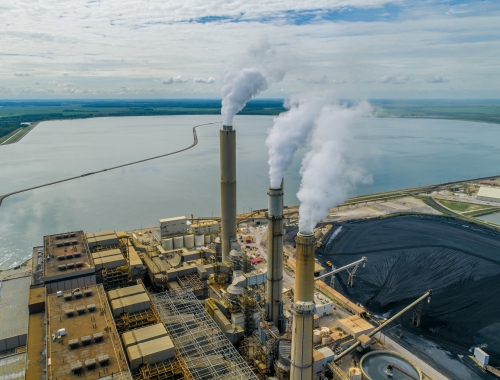CCS poised for greater success: IEA
SUMMARY
The technology has not lived up to expectations in the past, but the IEA now sees real momentum building.
By Joseph MurphyPOSTED IN:
Carbon capture utilisation and storage (CCUS) is poised for greater success than in the past, thanks to strengthened climate goals, an improved investment environment and new business models, the International Energy Agency (IEA) reported on November 24.
The IEA's head of CCUS, Samantha McCulloch, explained in a commentary that in the past CCUS had not lived up to expectations, with the last decade seeing major project cancellations and failed government funding programmes. Less than 3mn metric tons/year of CO2 capture capacity has been added each year since 2010, and this needs to increase to 1.6bn metric tons by 2030 under the IEA's net-zero pathway.
Despite its track record, though, improved conditions have "set the stage for greater success in the coming years," McCulloch said. More than 100 new CCUS projects have been announced this year alone, and the global facilities pipeline is on track to quadruple.
"First, there is growing recognition that CCUS is necessary to meet national, regional and even corporate net zero goals," McCulloch said. "Second, the growing interest in producing low-carbon hydrogen has resulted in almost 50 facilities under development to capture CO2 from hydrogen-related processes."
"Finally, the investment environment for CCUS has substantially improved as a result of new policy incentives," she said, estimating that governments and industry had committed more than $25bn in funding for CCUS initiatives.







